Introduction: Why Breathability Defines Performance
When it comes to activewear, comfort and performance go hand in hand. No matter how advanced the design, an outfit that traps heat or moisture will quickly fail the wearer. That’s where breathable fabrics come in. Breathability is not just about feeling comfortable—it’s about maintaining body temperature, improving endurance, and protecting the skin.

Imagine running under the sun or attending an intense hot yoga class in clothing that doesn’t let air circulate. Sweat builds up, fabric sticks to the body, and heat becomes unbearable. Breathable fabrics solve this by letting air pass through the fibers, helping sweat evaporate, and keeping the body cool and dry. This is why modern activewear brands and manufacturers invest heavily in breathable textiles.
In today’s competitive sportswear industry, breathability has evolved from a “nice-to-have” to a must-have performance standard—not only for athletes but for everyday consumers who wear activewear as casual fashion.
What Makes a Fabric Breathable?
Breathability refers to a fabric’s ability to allow both air and moisture vapor to pass through it. Technically, it’s measured in MVTR (Moisture Vapor Transmission Rate)—how much water vapor passes through a square meter of fabric over 24 hours. The higher the MVTR, the more breathable the fabric.
The science behind breathability depends on three main factors:
- Fiber type: Natural fibers like cotton or bamboo have open pores that naturally absorb and release moisture.
- Yarn structure: Finer, twisted yarns create micro-gaps that improve airflow.
- Fabric construction: Mesh, knit, and certain woven fabrics allow greater air movement than tightly woven ones.
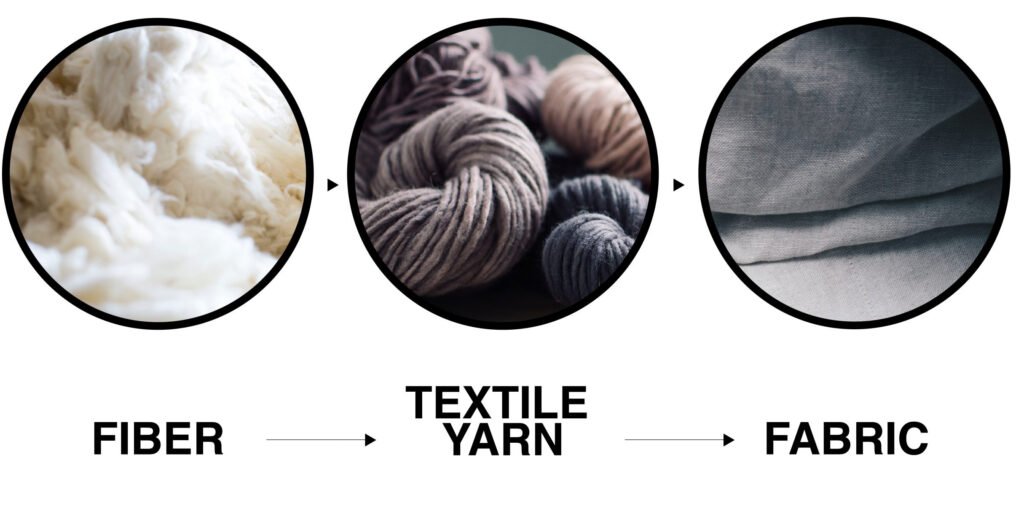
Modern fabric technology has also introduced micro-perforation and moisture-channel fibers that guide sweat away from the body while allowing air to circulate. This dual mechanism keeps athletes cool and prevents the dampness that causes friction or odor.
The Role of Moisture Management
Moisture management works hand in hand with breathability. It’s what transforms breathable fabric from simply “airy” to “performance-grade.”
When you exercise, sweat is produced to cool your body. However, if the sweat stays trapped against your skin, it creates discomfort, promotes bacteria growth, and increases the risk of irritation. High-performance fabrics use moisture-wicking technology to prevent this.
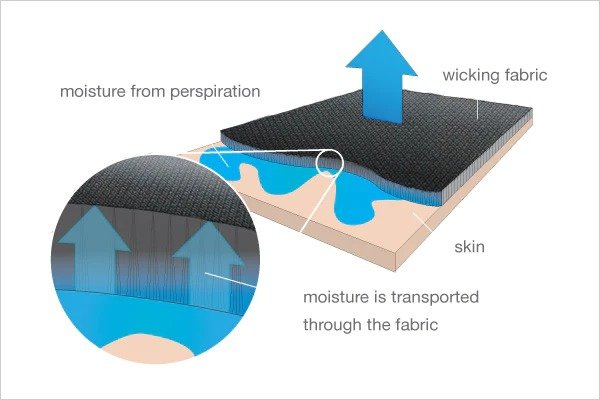
Moisture-wicking fibers are designed to pull sweat from the skin to the outer surface of the fabric, where it can evaporate quickly. Synthetic fibers like polyester and nylon are often engineered to be hydrophobic—meaning they repel water—while still allowing air to flow. This results in clothing that feels dry and light, even during intense training sessions.
Without this dual action of air permeability and moisture transfer, even the softest or most flexible activewear would feel heavy, clingy, and uncomfortable after a few minutes of movement.
Common Breathable Fabrics in Activewear
Not all breathable fabrics perform the same. Each material has its own characteristics, advantages, and ideal applications.
| Fabric Type | Key Features | Typical Applications |
|---|---|---|
| Polyester | Excellent moisture-wicking, lightweight, quick-drying | Running shirts, sports bras, leggings |
| Nylon | Smooth texture, durable, abrasion-resistant, breathable | Yoga pants, cycling gear, outdoor wear |
| Spandex (Lycra) | Elasticity, flexibility, shape retention | Compression wear, fitted leggings |
| Bamboo Fiber | Naturally breathable, anti-bacterial, eco-friendly | Yoga tops, athleisure wear |
| Cotton Blends | Soft and breathable but less quick-drying | Light gym workouts, casual wear |
| Mesh or Microfiber Panels | Enhance airflow and ventilation | Sports shoes, training tops, underarm panels |
In many cases, manufacturers use fabric blends—for example, polyester-spandex or nylon-spandex—to combine stretchability with moisture control and ventilation.
Benefits of Breathable Fabrics for Activewear Performance
The benefits of breathable fabrics extend beyond comfort. They influence everything from performance and durability to hygiene and sustainability.
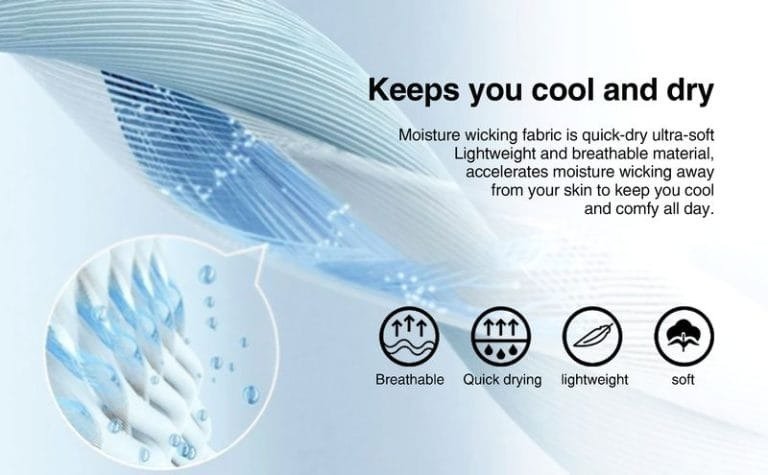
1. Temperature Regulation
A breathable fabric keeps the body’s microclimate balanced. During workouts, body temperature rises, and breathable materials allow excess heat to escape, helping prevent overheating. This allows athletes to train longer and stay more focused.
2. Comfort and Freedom of Movement
Breathable materials are usually lightweight and flexible. When combined with stretch fibers like spandex, they move naturally with the body, ensuring complete freedom of motion.
3. Sweat and Odor Control
Breathable, quick-drying materials reduce the buildup of moisture—limiting bacterial growth and keeping odors under control.
4. Better Skin Health
Fabrics that allow airflow prevent rashes and chafing, common issues caused by sweat-soaked garments.
5. Durability and Easy Care
Breathable fabrics, especially synthetics, dry faster after washing and maintain their shape over time, reducing energy consumption and wear.
When viewed together, these benefits make breathable fabrics a foundation of modern sportswear innovation.
How to Identify Truly Breathable Fabrics
It’s not always easy to tell how breathable a fabric is just by looking at it. But there are several signs you can check—especially useful for sourcing and quality control.
First, examine fabric weight and weave. Lightweight knits or fine weaves often provide better ventilation than thick, dense ones. You can hold a fabric sample close to your mouth and gently blow through it—if air passes easily, the material is breathable.
Second, look for moisture-wicking properties on technical data sheets or product labels. Fabrics described as “quick-drying,” “airflow technology,” or “cool-touch” are often engineered for high breathability.
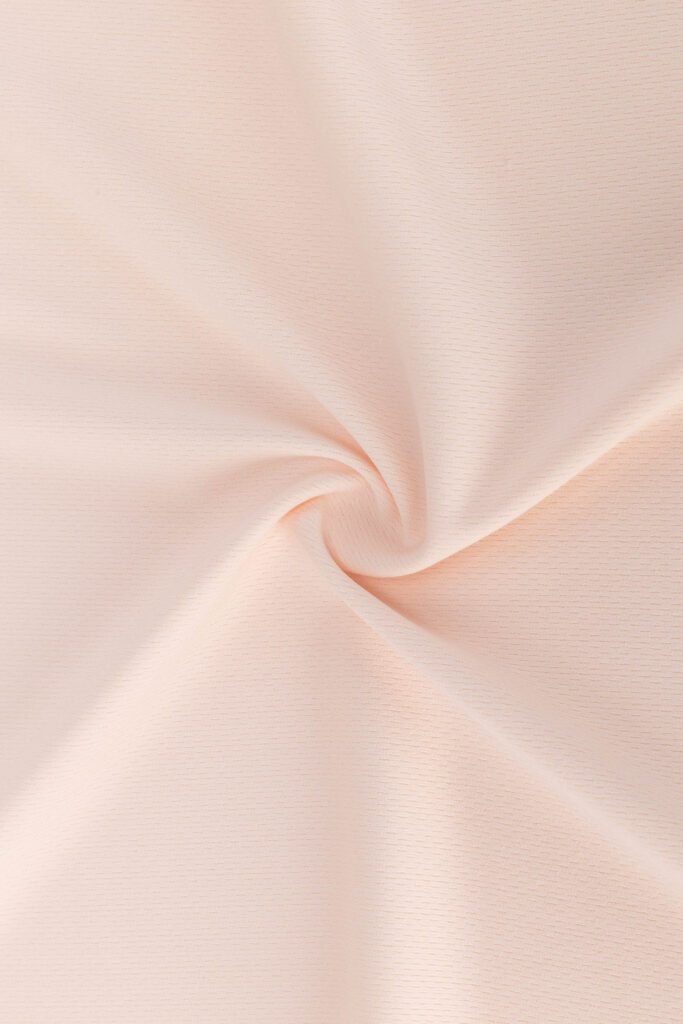
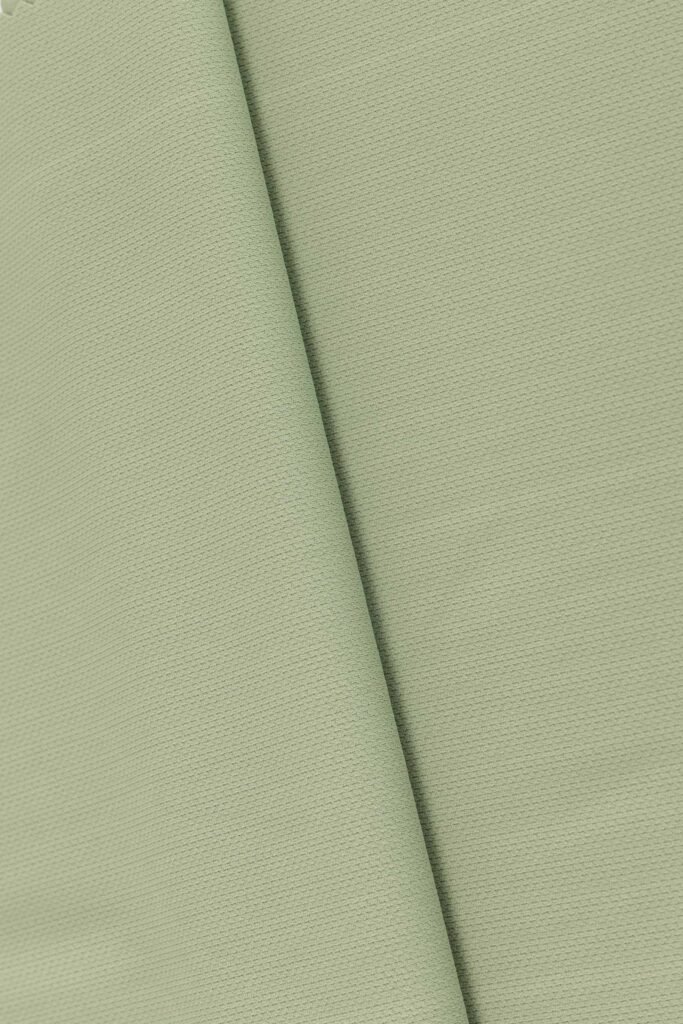
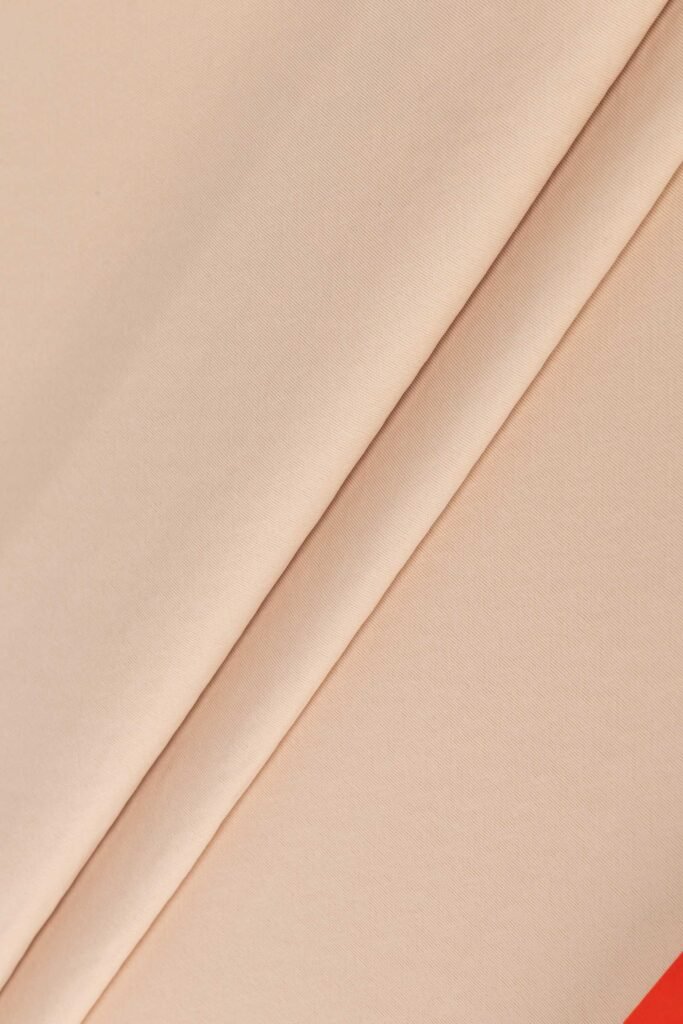
Finally, always check fiber blends. A fabric containing polyester-spandex or nylon-spandex usually performs better in activewear than 100% cotton, which tends to absorb sweat rather than release it.
Balancing Breathability with Other Performance Features
While breathability is essential, it must coexist with other qualities like durability, elasticity, UV protection, and sustainability.
For instance, 100% cotton feels airy but becomes heavy when wet, making it unsuitable for high-intensity sports. Meanwhile, polyester excels at quick drying but may feel less soft unless treated.

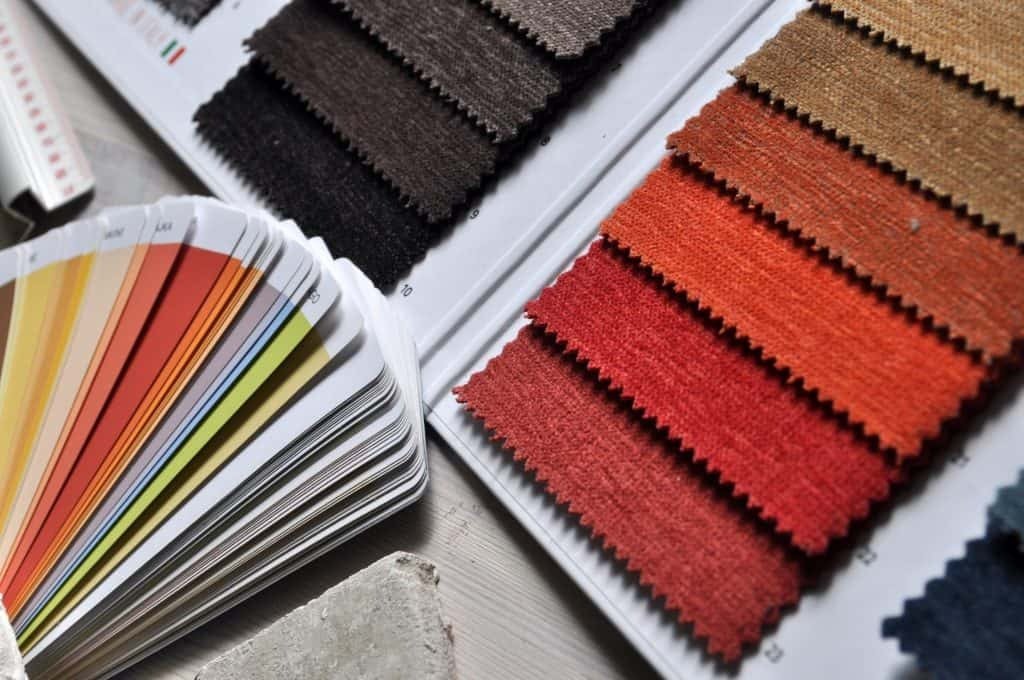
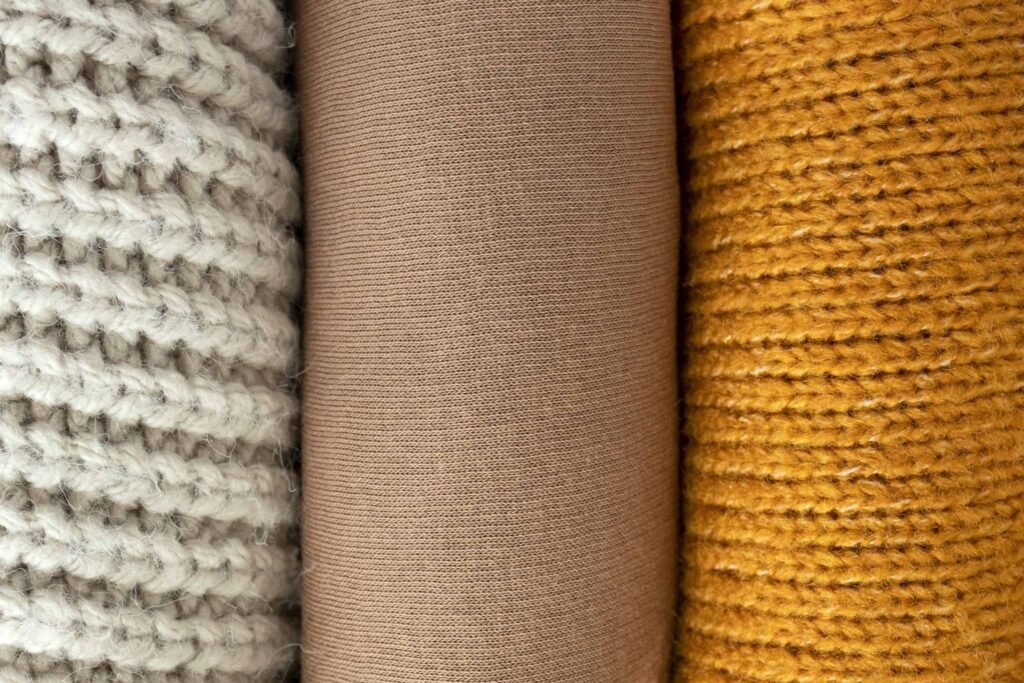
To overcome these limitations, fabric technologists create hybrid materials that combine the best traits of multiple fibers. Some fabrics even incorporate anti-odor finishes, UV-blocking treatments, or recycled yarns, offering both functionality and eco-friendliness.
Sustainability is now one of the most influential factors in fabric innovation. Many brands are shifting toward recycled polyester or bio-based nylon that maintain airflow and moisture control while reducing environmental impact.
The Future of Breathable Fabric Technology
As sportswear evolves, the technology behind breathable fabrics is advancing rapidly. Future developments are moving toward intelligent textiles—materials that adapt to the wearer’s activity level and environment.
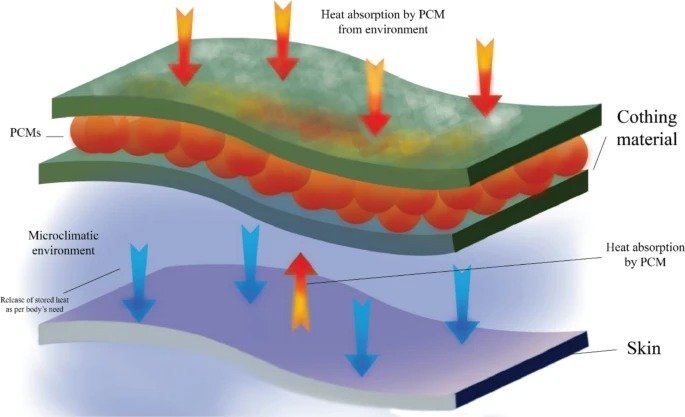
For example, phase-change materials (PCMs) can store and release heat to maintain optimal body temperature. Laser-cut ventilation zones and 3D knitting provide precision airflow where it’s needed most.
Moreover, sustainability will continue to define the next generation of breathable textiles. Expect to see plant-based fibers, closed-loop recycling, and biodegradable coatings replacing traditional synthetics. These innovations don’t just improve comfort—they represent a shift toward responsible manufacturing.
In short, the future of breathable fabrics will merge science, sustainability, and performance, empowering wearers to move more freely while respecting the planet.
Conclusion: Breathing Life into Performance Wear
Breathable fabrics are at the heart of what makes activewear functional, comfortable, and durable. From regulating temperature and managing sweat to providing flexibility and freshness, they define how an outfit feels and performs.
For activewear brands and manufacturers, investing in breathable materials isn’t just about meeting consumer expectations—it’s about leading in innovation, sustainability, and design. Whether you’re sourcing materials for yoga wear, running gear, or outdoor apparel, the choice of fabric will directly impact how your products perform and how customers perceive your brand.
In a world where performance meets lifestyle, breathable fabrics are no longer optional—they are essential. Choosing the right one means choosing comfort, performance, and confidence for every movement.


![[JuncoSports]Where to Find Affordable Wholesale Fabric Materials Without Sacrificing Quality](https://materials.juncosports.com/wp-content/uploads/2025/07/image-6.jpg)